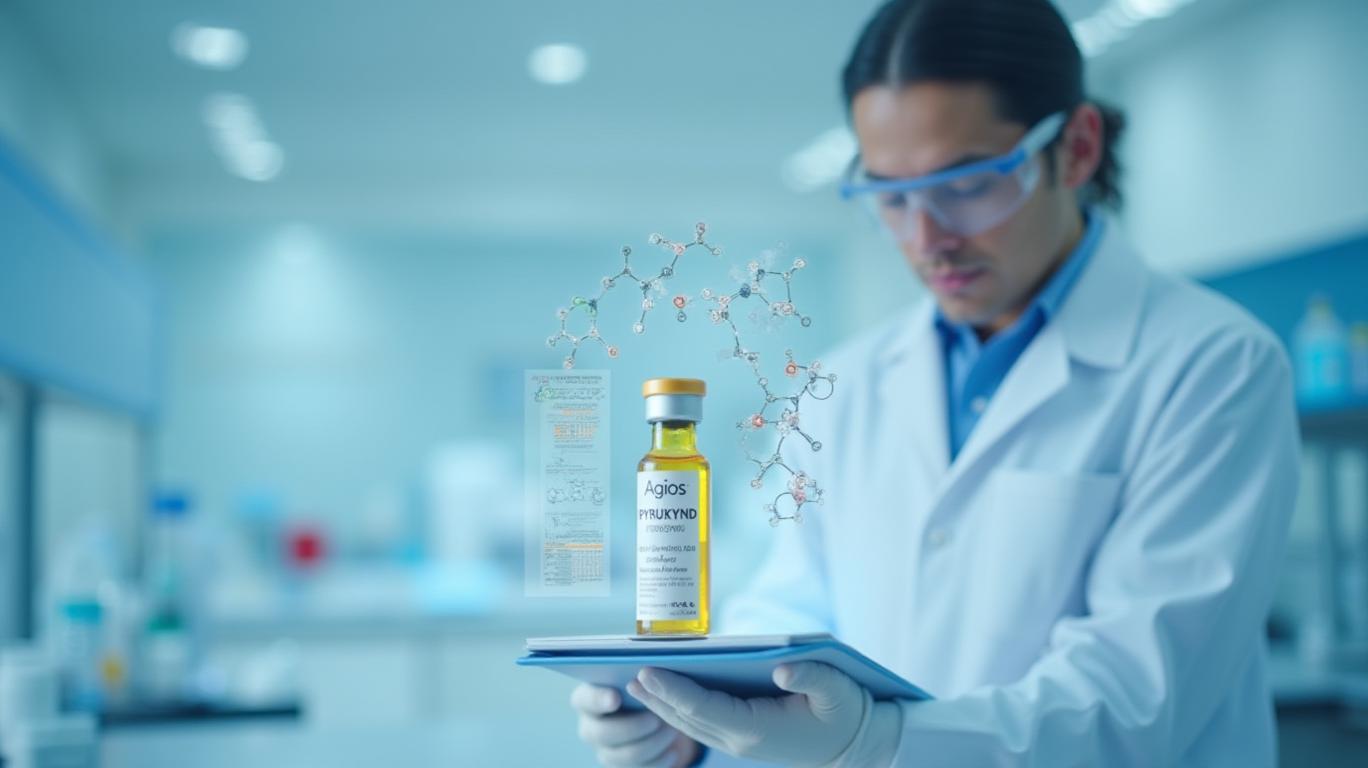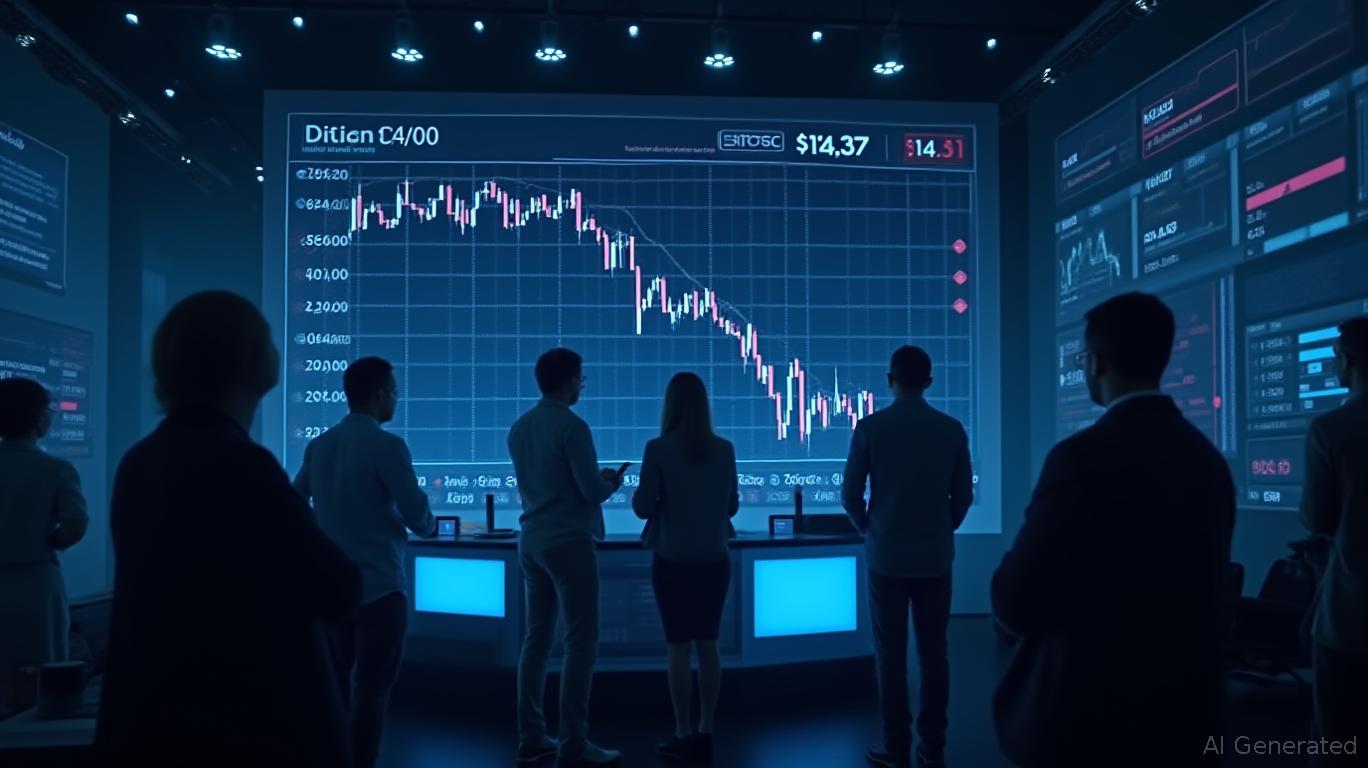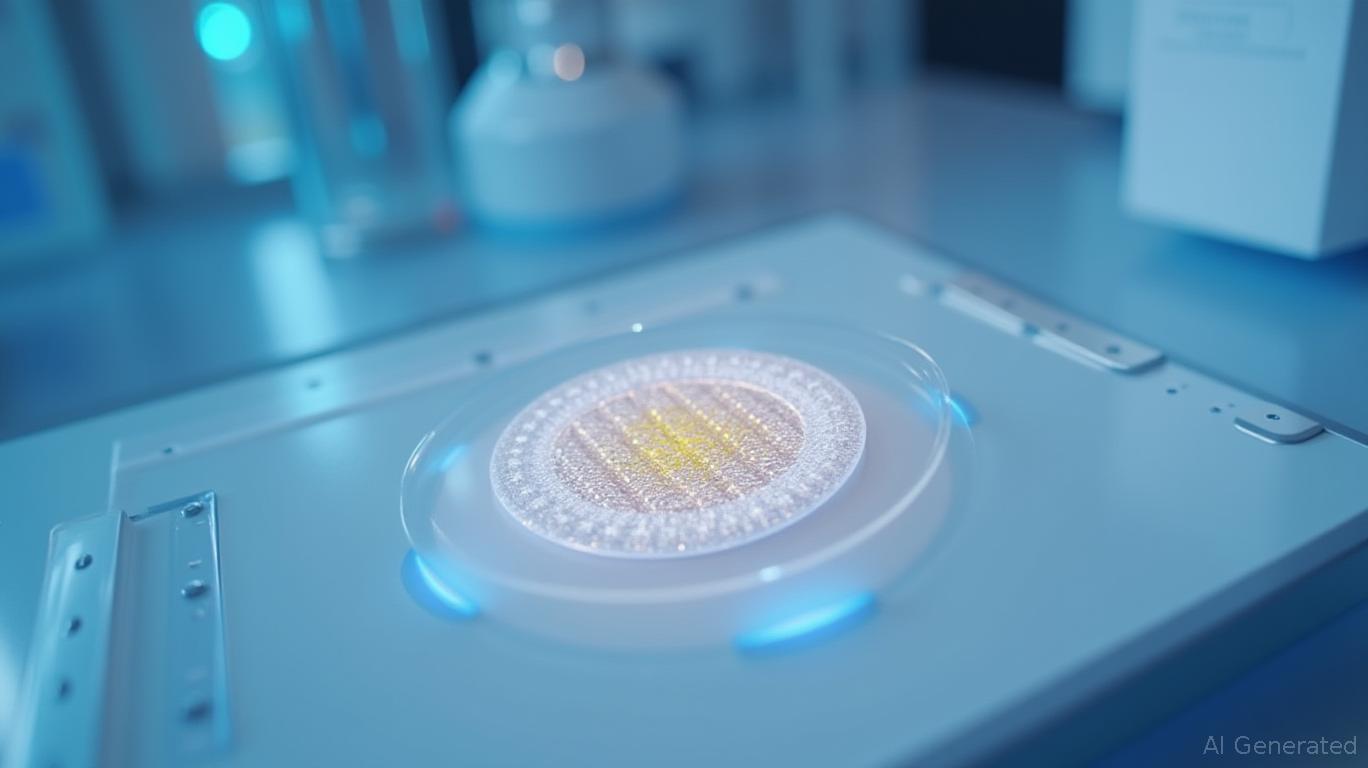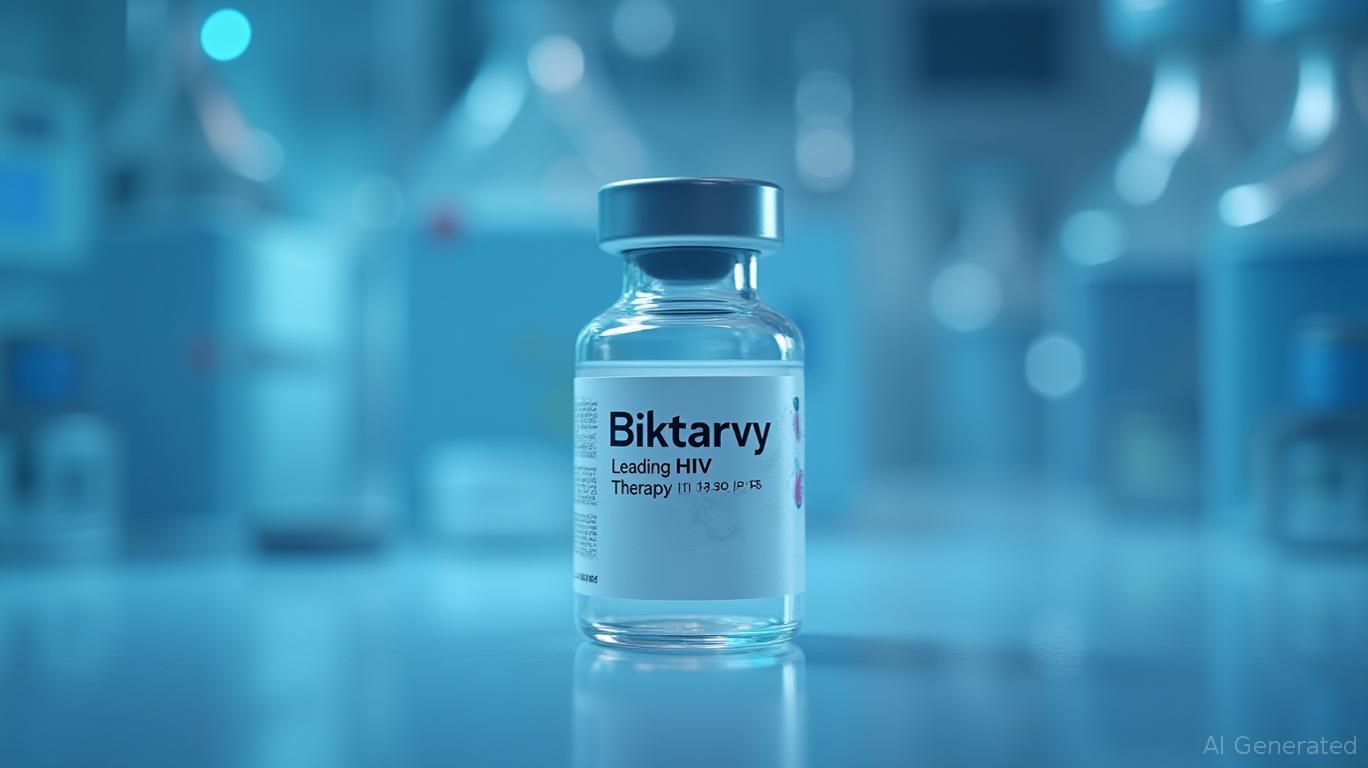Agios Pharmaceuticals: Balancing Pipeline Potential with Near-Term Challenges
Agios Pharmaceuticals (AGIO) reported mixed first-quarter 2025 results, with revenue missing estimates and expenses rising sharply, despite an EPS beat that initially boosted shares in premarket trading. The company’s stock has since retreated, reflecting investor concerns over execution risks amid its ambitious pipeline. Here’s a deep dive into the data and catalysts shaping Agios’ investment case.
Q1 2025 Results: A Miss and a Beat
Agios’ Q1 revenue totaled $8.7 million, falling short of the $9.97 million consensus estimate. The miss was attributed to reduced revenue reserves and a prior-quarter "year-end stocking" effect, which inflated Q4 2024 sales. While revenue grew 6% year-over-year, it remains constrained by the narrow market for its lead drug PYRUKYND® (mitapivat) in pyruvate kinase deficiency (PKD), with only 136 U.S. patients on therapy as of March 2025.
On the bottom line, the net loss widened to $89.3 million, compared to $81.5 million in Q1 2024. The loss per share of -1.55 beat estimates of -1.78, driven by operational efficiencies and cost management. However, rising expenses—R&D up 6% to $72.7 million and SG&A surging 34% to $41.5 million—highlight the heavy investment required to advance its pipeline.

Pipeline Progress: The Catalysts Ahead
Despite the near-term financial pressures, Agios’ regulatory and clinical milestones offer significant upside. The most immediate catalyst is the FDA’s PDUFA date for PYRUKYND in thalassemia on September 7, 2025. If approved, the drug could address a major unmet need in this rare blood disorder, expanding its addressable market from ~1,500 PKD patients to an estimated 15,000–20,000 thalassemia patients in the U.S.
Additional milestones include:
- Phase 3 RISE UP results for SCD (late 2025): Success here could set up a 2026 U.S. launch, tapping into a market of ~100,000 SCD patients.
- Tebapivat’s Phase 2b data in low-risk MDS (late 2025): A potential second revenue driver in another rare hematologic disorder.
The company’s $1.4 billion cash balance provides ample runway to fund these efforts without dilution.
Analysts Divided: Bulls on Pipeline, Bears on Execution
Analyst sentiment remains split. Bulls emphasize Agios’ strong financial position and multi-billion-dollar pipeline potential, with a consensus Buy rating and a $58 price target (implying a 99% upside from current levels). They argue that the thalassemia approval and SCD data could transform PYRUKYND into a blockbuster.
However, bears flag execution risks, including:
- Rising expenses outpacing revenue growth.
- Competition in SCD from drugs like Global Blood Therapeutics’ Oxbryta.
- The narrow PKD market’s limitations without new indications.
The Zacks Rank’s “Strong Sell” rating underscores concerns about deteriorating earnings estimates and valuation risks.
Regulatory Momentum and Long-Term Outlook
Agios’ recent regulatory updates are encouraging. The FDA’s acceptance of the thalassemia sNDA and the absence of an advisory committee meeting suggest confidence in the data. Positive ACTIVATE-Kids Phase 3 results for pediatric PKD also expand PYRUKYND’s commercial potential.
CEO Brian Goff has framed 2025 as a “breakout year”, with thalassemia approval and SCD data as key inflection points. If these milestones are met, PYRUKYND’s sales could jump from ~$35 million in 2024 to over $1 billion annually by 2030, assuming approvals and market penetration.
Conclusion: A High-Reward, High-Risk Play
Agios’ shares face near-term headwinds due to revenue misses and rising costs, but its robust pipeline and cash-rich balance sheet position it to capitalize on transformative approvals. Investors must weigh the risks:
- Upside: A thalassemia approval and positive SCD data could propel AGIO to $50+ within 12–18 months.
- Downside: Regulatory delays, execution failures, or pricing challenges could pressure the stock further.
The September 2025 PDUFA date is the critical catalyst. Until then, Agios remains a speculative bet on rare-disease innovation, suitable for investors willing to tolerate volatility for potential outsized returns.
In the end, Agios’ story hinges on translating clinical and regulatory wins into sustainable revenue growth. For now, the data suggest patience—and a close watch on those September FDA headlines.










